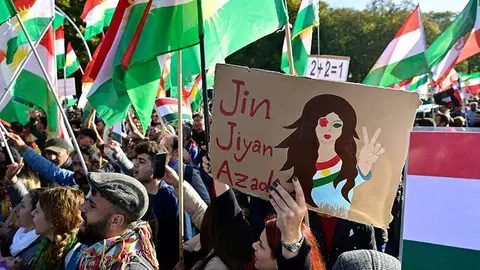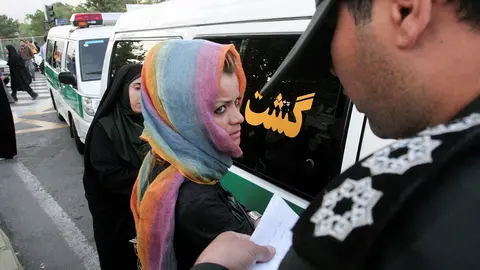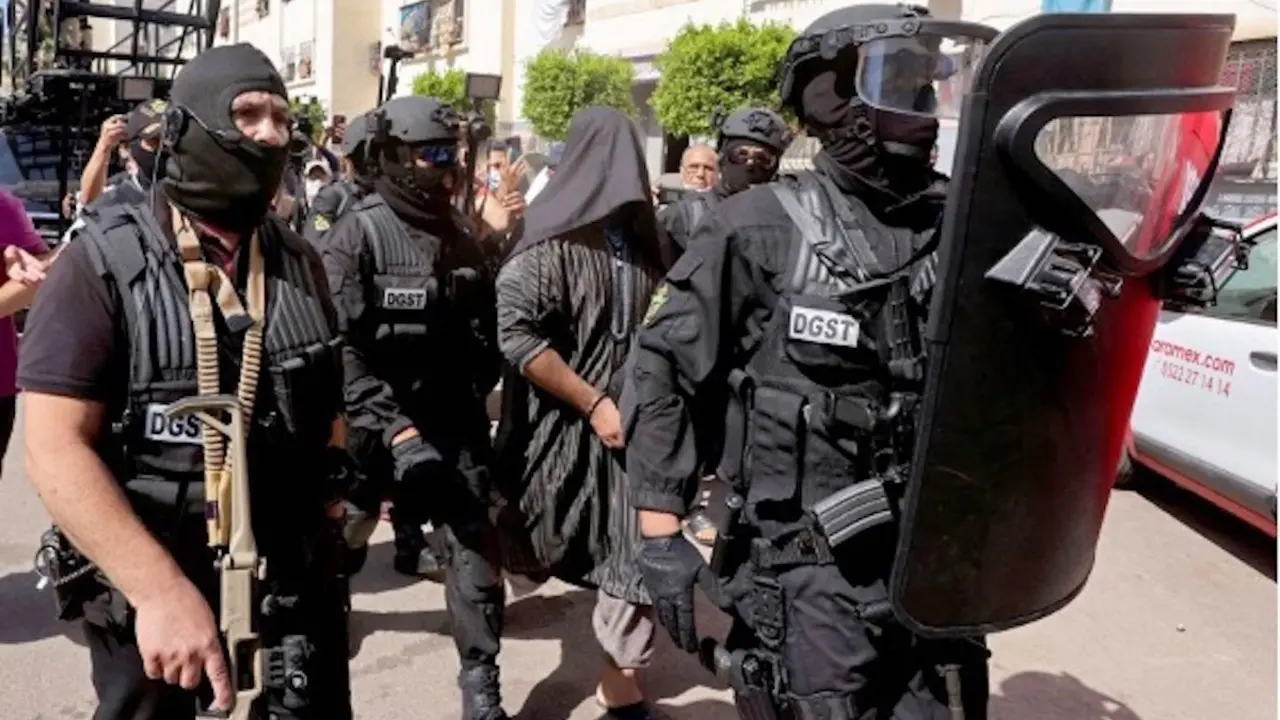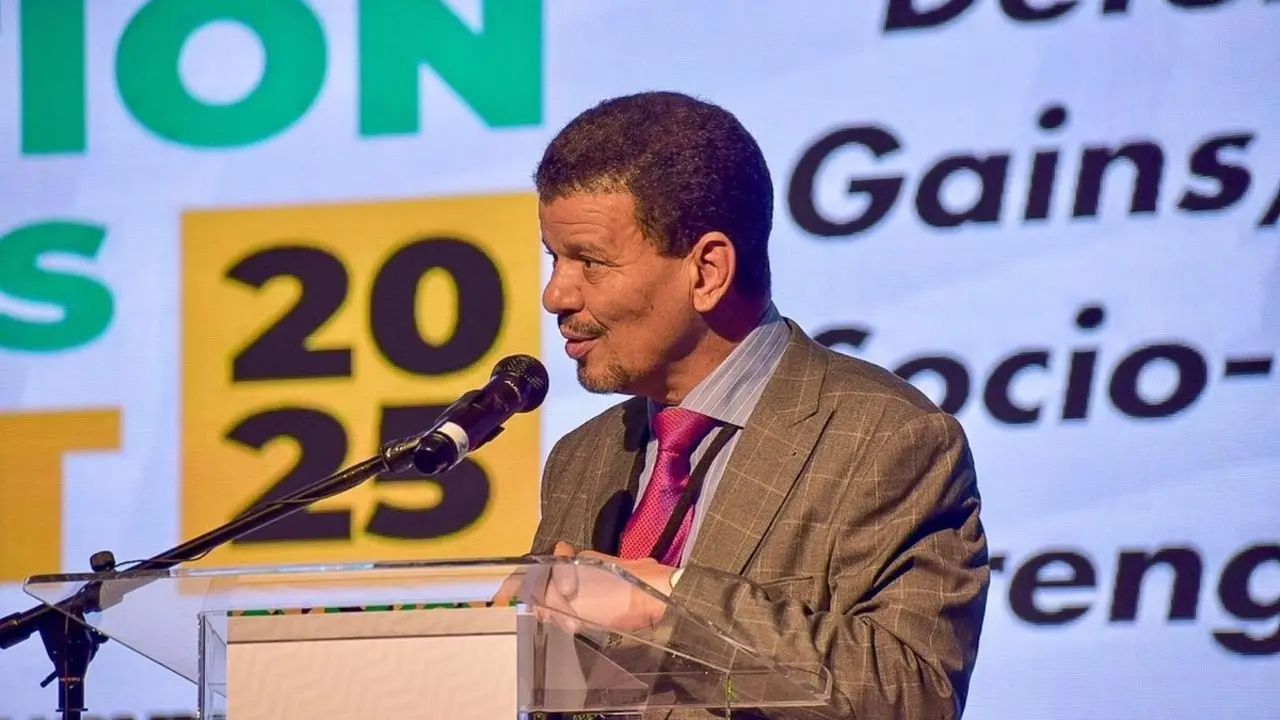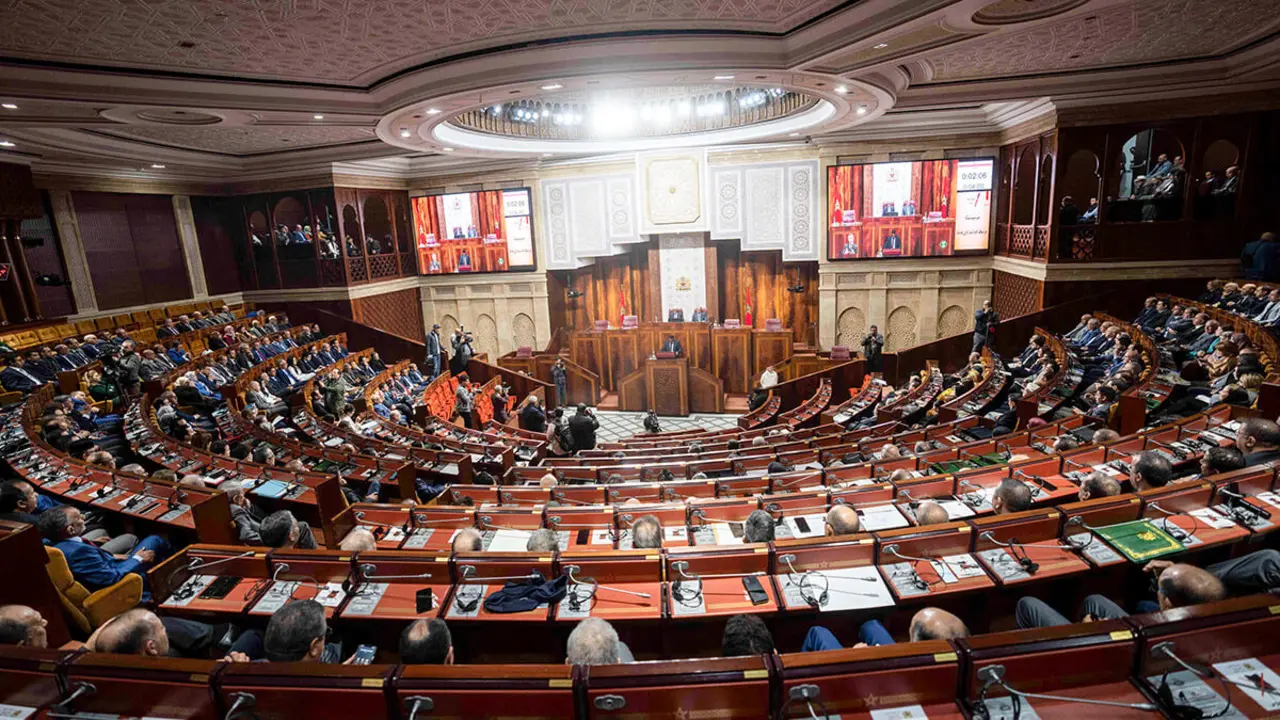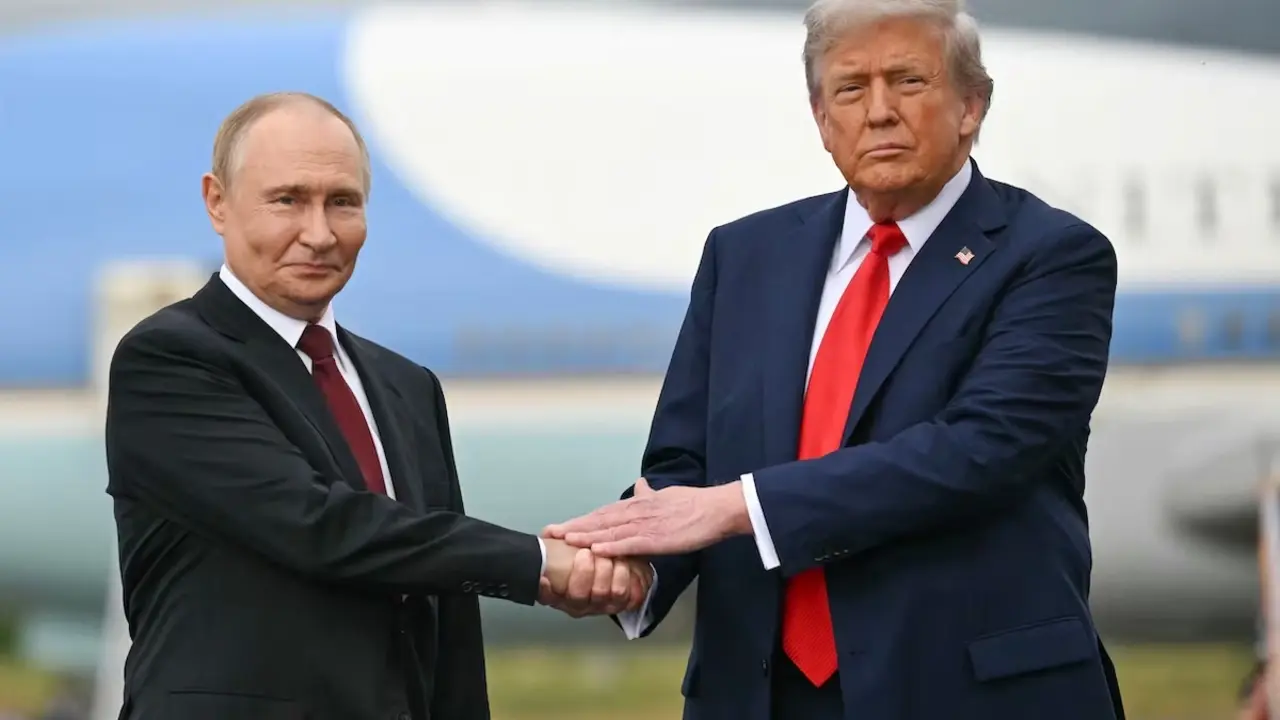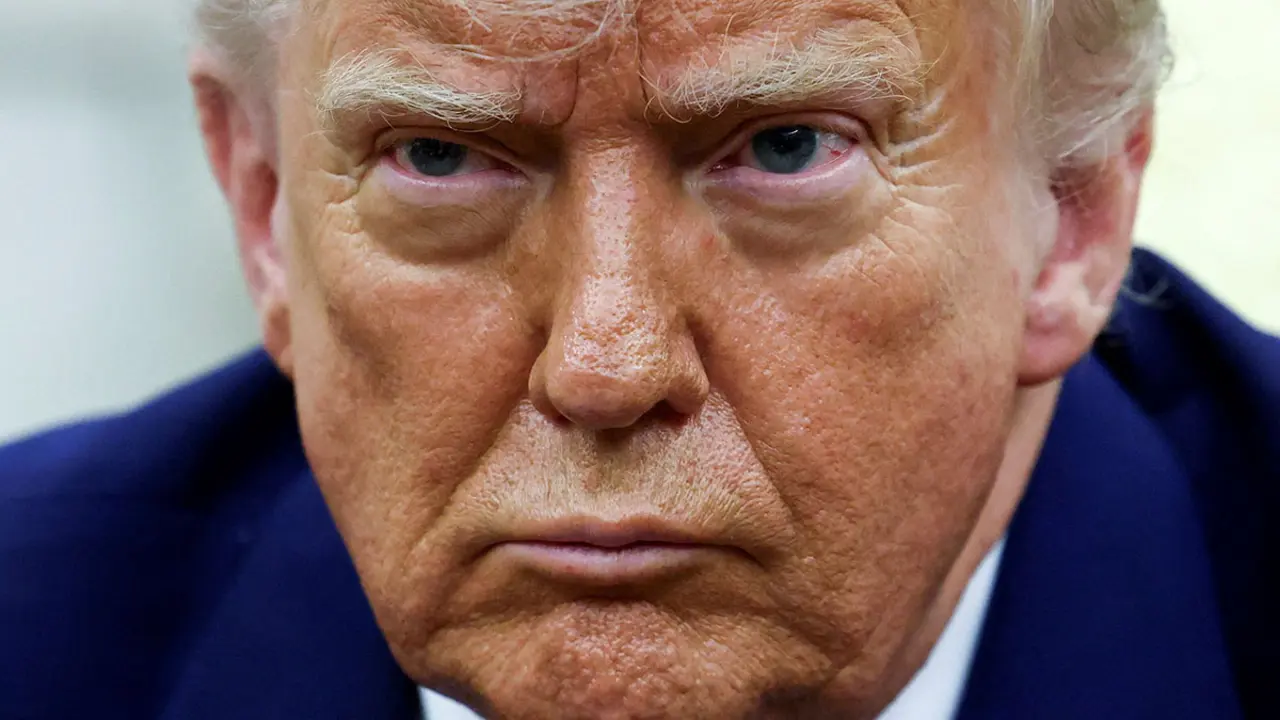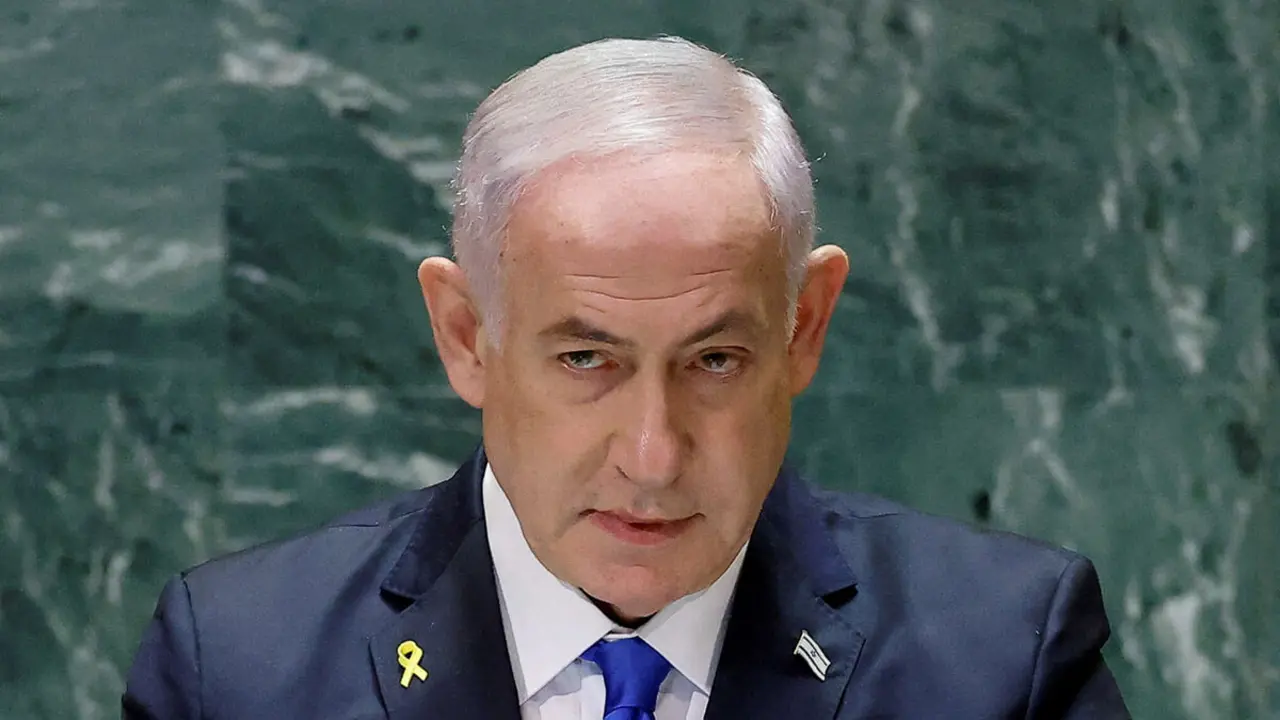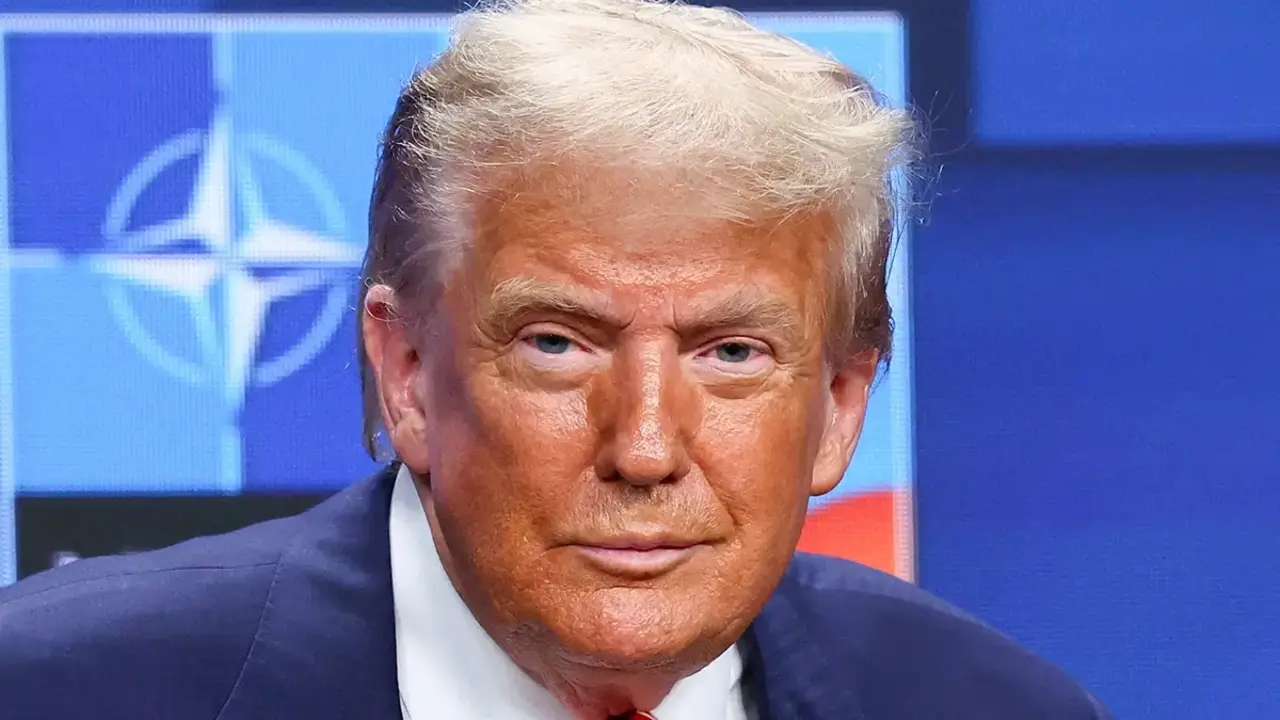Young Iranian woman Armita Geravand, brain dead after being beaten by morality police

In early October, images began to circulate of a young Iranian woman collapsing after she climbed into the centre in Tehran. The girl's identity was later revealed: 16-year-old Armita Geravand. Photos were also published of the teenager lying in a hospital bed intubated, reminiscent of the first photos of the Kurdish girl Mahsa Amini, who was killed by Iranian morality police for not wearing the Islamic headscarf properly.
According to the human rights organisation Hengaw, Geravand was "severely physically assaulted" by the "morality police" for not complying with national hijab regulations, just as Amini was. Activists also reported that Armita was being treated in Tehran's Fajr hospital under "strict security measures". The phones of all members of her family were also confiscated.
Armita Garavand, a young Iranian girl assaulted by the morality police for refusing to wear the mandatory hijab, has been declared brain dead.
— Masih Alinejad 🏳️ (@AlinejadMasih) October 22, 2023
It seems the Islamic regime, having observed the public’s reaction to the tragic murder of Jina Mahsa Amini, has learned to manage… pic.twitter.com/rm2liApIDG
State media, meanwhile, published the edited images and claimed that the young woman had fainted after a drop in blood pressure, which led her to hit the train carriage. Weeks after the incident, Iranian media have announced the young woman's "brain death".
This situation threatens to fuel the massive protests that erupted last year after Amini's death, demonstrations led by women that have managed to put the regime in Tehran on the ropes.
Iranian teenage girl Armita Geravand, who fell into a coma earlier this month following an alleged encounter with officers over violating the country's hijab law, is said to be "brain dead". pic.twitter.com/4Ym2vVZIT7
— Clash Report (@clashreport) October 22, 2023
In addition, an Iranian court recently sentenced two journalists to prison for reporting on the Amini murder in September last year. The Mizan news agency, which is linked to the Iranian judiciary, announced that Niloofar Hamedi and Elaheh Mohammadi were sentenced to 13 and 12 years in prison respectively on charges that include collaboration with the US government as well as activities against national security.
Mohammadi, 36, was sentenced to six years in prison for collaborating with Washington and Hamedi, 31, received a seven-year sentence for the same offence. The two journalists also received sentences of five years each for conspiracy-related charges and one for propaganda.
It’s a Sunday, we have heard from sources in #Iran that sadly the two incredible journalists #NiloofarHamedi and #ElaheMohammadi have been sentenced to to 13 and 12 years in jail respectively. We condemn this decision and call for their immediate release. #JournalismIsNotACrime pic.twitter.com/4YLkkOYeQh
— #WomenInJournalism (@CFWIJ) October 22, 2023
Both Mohammadi, a reporter for the Ham Mihan newspaper, and Hamedi, a photographer for the Shargh media outlet, have been held in Tehran's Evin prison since September 2022, after covering Amini's death.
Hamedi was arrested after taking a photo of Amini's parents embracing in the Tehran hospital where their daughter lay in a coma, while Mohammadi was detained after covering Amini's funeral in her Kurdish hometown of Saqez, where protests began that quickly spread across the country and beyond.
The Iranian authorities have also sentenced Amini's lawyer, Saleh Nikbakht, to one year in prison for propaganda against the state. Nikbakht was accused of speaking about the case to local and foreign media.
October 20, 2023
— Nico Robin (@LightofRev) October 20, 2023
Revolutionaries in #Zahedan were protesting against the regime while the Islamic Republic Forces attacked and arrested these innocent people.
Many have been arrested and injured including children.#IRGCterrorists#IranRevolution pic.twitter.com/PmgzbkiwOG
The historic Iranian protests have been a turning point in Iranian society, with demands for freedom, human rights and an end to dictatorship. What started as demonstrations against the hijab has turned into a full-blown revolution fighting to change the system.
The protests have received widespread international support, although Iranians in the diaspora are demanding that Western governments take stronger measures against Tehran. The demonstrations have also resulted in hundreds of people being killed by security forces. Seven men were also hanged for their links to the "riots", the term used by the Iranian authorities to describe the protests.

